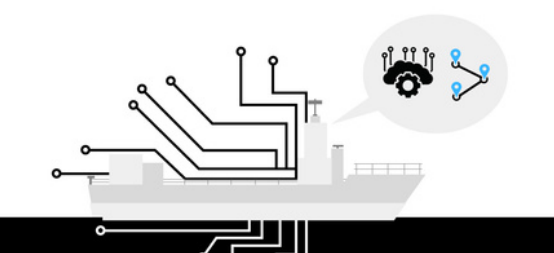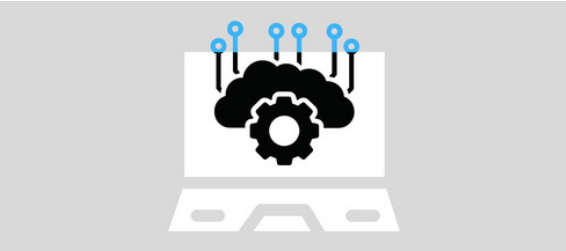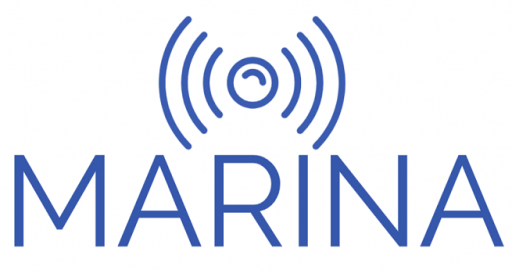This whitepaper written by Yusuke Mori explores the challenges and possibilities anticipated for maritime educational institutes as the industry readily adopts machine learning, artificial intelligence, and the automation of vessels.
As the world transitions towards the fourth industrial revolution, the maritime community has started to consider what education and training will be needed for their graduates – future seafarers.
There are several notable European Union-sponsored projects addressing collision avoidance challenges; one such project underway is “MARINA”, where a combination of cutting-edge sensor technology and machine learning supports real-time collision avoidance for vessels. Similarly, there are projects focused on enhancing the operation of autonomous ships, remote-controlled ships, decision support systems, alternative fuels, associated propulsion systems, and much more. Despite this wide array of research and development in progress, there is much to be explored on the education and training opportunities for the operators expected to pilot increasingly technologically advanced ships in the near future.
Educators in the maritime community have been forced to consider how to educate and train their students in an era of rapid global change. But a question arises, how? It might be true, as has been the case in the past, that education and training needs would come after such necessity; looking back at ships transforming from sail to propeller-driven, there was an urgent need to train the “engineer” who maintains and operates the system. This could also happen for this transition (conventional ships to autonomous ships); however, maritime education and training needs to be proactive in some manner to educate and train their students to be ready to step into the shipping industry, where already technologically advanced ships are operating. So, the question is how to educate and train students who can be adaptive, flexible, and resilient for the future. One idea is that Maritime Education and Training institutions may continue to provide the basic education and training necessary for seafarers.
While there are some autonomous ships and remote-controlled ships in place, there are also over 74,000 conventional ships operating, and (conventional) ships are still being built in the shipyards. Considering the average ship’s age is about 20-30 years, there will be a need to educate and train the current set of skills for seafarers for at least the next 20 years. Therefore, maritime education and training institutions should keep providing the core education and training which is necessary to obtain the basic knowledge, understanding, and proficiency as seafarers, but at the same time, it is essential to have additional supplemental courses or studies for those who wish to go work on autonomous, remote-control, or ships of the more automated system. Such courses include understanding the principles of how AI helps real-time decision-making and how to solve problems in the case of a system malfunction.
We experienced the transition from Radar, ARPA to AIS, and toward ECDIS. Those instruments significantly improved navigation safety, and it should be welcomed that more sophisticated technology, including the MARINA project, as these advancements have great potential to enhance safe navigation.

Appreciating those technologies on the one hand, more sophisticated technologies mean that newly developed instruments have become more invisible in their systematic principle. Seafarers may easily understand the principle of Radar; for instance, as an antenna turns around with transmitting radio waves, the objects reflect the wave then the antenna catches the reflection and display it on the screen. But some may not understand the principle of how the ECDIS shows their ship’s position. The younger generation is more competent in the use of computer aids; they are the generation who are familiar with computed devices from childhood. These computer-aided tools are convenient, but sometimes they threaten the consciousness of their use. And as the younger generation lives with these computer-aided tools, they often do not know the functional principles of these tools. Therefore, it is again critical for seafarers to understand the basic principles of these instruments and be skilled enough to devise alternative means in the case of malfunction of the instruments.
So, maritime education and training institutions should provide both basic and specialised supplement courses with an understanding of the principles of instruments and problem-solving skills are far more important for the future. The MARINA Project, a European Commission-funded project focused on deploying an innovative maritime laser solution for collision avoidance, includes a comprehensive e-learning and training portal for public use. The project’s Digital Training Academy follows the self-paced learning method while providing maritime professionals with an opportunity to fully grasp the utility and uses of the LadarTM Sensor Suite technology. Additionally, hands-on training activities are being developed to enable onboard as well as remote training in the Augmented Reality/Virtual Reality (AR/VR) environment. These remotely accessible training sessions provide a significant advantage over traditional classroom or simulator training-based learning scenarios as the learner can experience LadarTM Sensor Suite in real time.
Today, there is a wide range of different technology and energy being used for ship operations. Furthermore, ship type, cargo type, and trade area are also different among ships. This is not limited to the maritime context; in other professions, such as aviation, road, rail, and even the medical industry, there has been significant technological development. Those professional education institutions may also find a way how to educate their student for the future.

Take for example the medical field, where a medical student’s learning may never cease unless they become fully competent in handling all kinds of patient cases. In the medical context, they need to choose a certain profession (surgery, internal medicine), and that specialisation is one example for the maritime context to follow up. In that respect, as it is today, shipping companies also play the important role of filling the gap between this general knowledge, understanding, and proficiency (KUP) with specific knowledge and skills needed to operate specialised ships such as tankers, gas carriers, and cruise ships. It is assumed that some shipping companies may change their fleets to autonomous ships with few crews onboard. To some extent, it can help the shipping industry to be sustainable, as it is predicted that an additional 89,510 seafarers will be needed in 2026 (BIMCO, 2021). Some short voyage ships (island to island) can be transformed into remote-controlled or unmanned ships soon. Those companies should ensure their seafarers or operators on shore are well-trained to operate their ships safely.
It is challenging to predict the exact future model of shipping today. However, it is worth exploring the model with close communications and collaborations with all stakeholders, educational institutions, industry, and administration to figure out their desirable future. Education and training, indeed, play the central role in producing skilful seafarers who can operate both high-technical vessels and conventional vessels globally.
This article has been produced in cooperation with the European Commission’s MARINA Project (which has received funding from the European Union’s Horizon 2020 research and innovation programme under the Grant Agreement No.: 965674).
